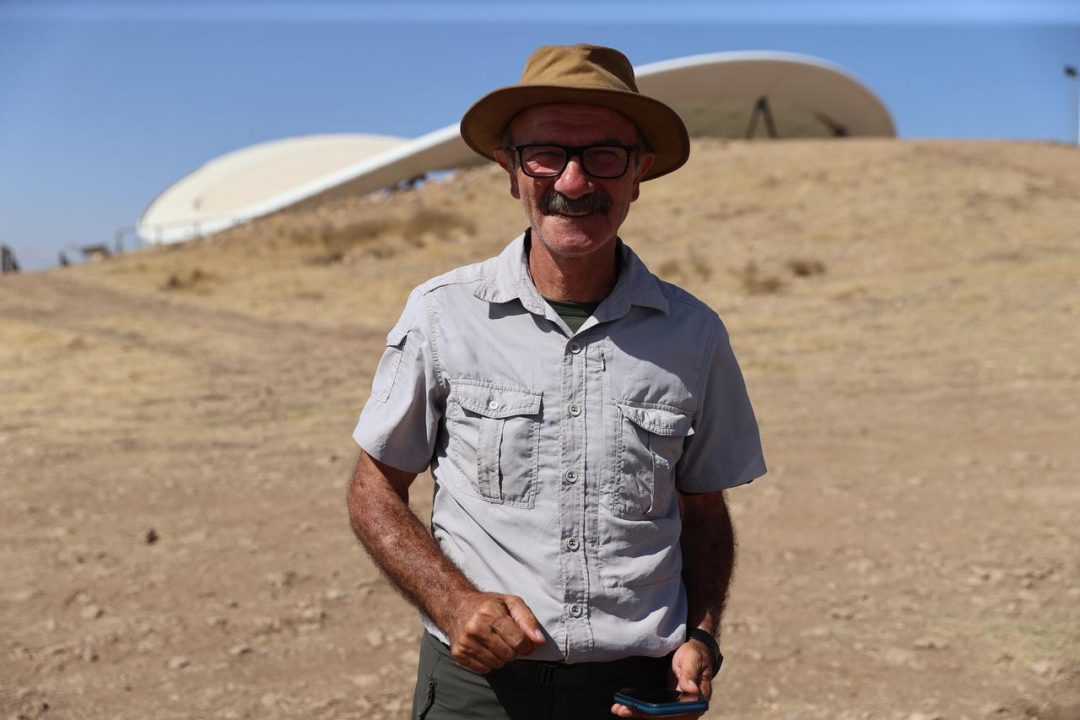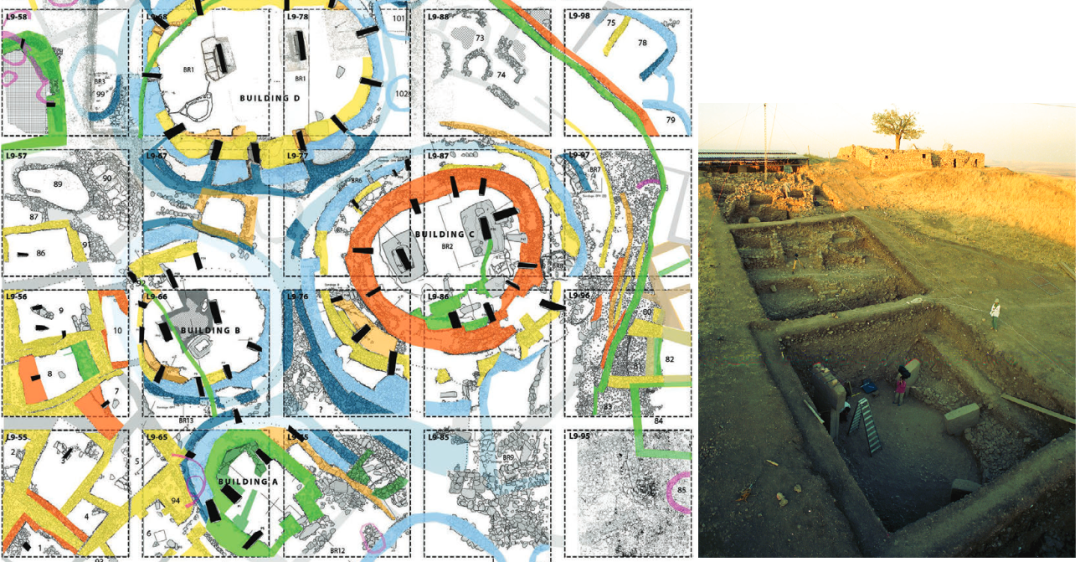....
Subsurface Structures Detected at Göbekli Tepe
October 10, 2025
HistoryContent
Archaeological investigations at Göbekli Tepe in southeastern Türkiye have revealed rectangular architectural features, possibly used as dwellings. These were found beside the site’s well-known circular enclosures. The discovery offers fresh insight into how ritual and daily life coexisted in one of the world’s earliest Neolithic settlements.
Survey Methods and Discovery Under the umbrella of the Heritage for the Future and Stone Mounds ( Tas Tepeler) initiatives, researchers from Istanbul University, the German Archaeological Institute, and Freie Universität Berlin carried out integrated geophysical surveys, including geomagnetic mapping, ground-penetrating radar (GPR), and lidar scanning.
These subsurface investigations have identified not only the well-known circular pillars and enclosures but also rectangular structural traces that could represent early dwellings.
From Monumental to Domestic: Interpreting the New Structures Project director Prof. Necmi Karul explained that the rectangular formations are concentrated primarily on the eastern and southern slopes of the mound. He described this phase as a shift toward documenting previously undisturbed zones.

Prof. Necmi Karul, head of the excavation team, stands beside the protective roof covering Göbekli Tepe’s Neolithic enclosures in Sanliurfa, Türkiye, on Oct. 8, 2025. Photo credit: AA Earlier this year, the removal of olive trees allowed full-scale measurements for the first time. This helped clarify the site’s boundaries and guide future excavations.
Geoarchaeology Reveals New Insights Led by Prof. Barbara Horejs of the Austrian Archaeological Institute, geoarchaeological studies used high-resolution scans to identify a large building and several smaller house-like structures. Her team emphasized the importance of ongoing analysis in guiding future excavation strategies.
Highlights of the 2025 Excavation Season - Life-size human statue: Discovered between Enclosures B and D, the sculpture features a clearly defined head and torso. It complements earlier finds such as the wild boar statue.
- Restoration of Enclosure C: Conservation teams stabilized the walls, repaired erosion damage, and re-erected columns to protect the monumental complex.
Significance for Understanding Early Settlement Göbekli Tepe, near Sanliurfa, was first recorded in the 1960s and added to the UNESCO World Heritage List in 2018. Once seen mainly as a ritual center, the discovery of rectangular dwellings now points to a more complex community where sacred and domestic spaces coexisted. The ongoing Stone Mounds Project continues to contextualize Göbekli Tepe within a broader Neolithic network of communities.
Source: AA
You may want to read this: Göbekli Tepe and Nevali Çori: Cornerstones of a Lost Civilizati
(Article) ancienthistoryx.com
....
For years, Göbekli Tepe and Nevali Çori stood as enigmatic outliers, two ancient sites in southeastern Turkey, adorned with haunting T-shaped pillars, that hinted at a level of sophistication we didn’t expect from humanity’s distant past. Göbekli Tepe, perched on a limestone ridge, was long seen as the “ world’s oldest temple,” a ceremonial hub built by wandering hunter-gatherers over 11,000 years ago. Nevali Çori, 40 miles away and now submerged in 1992 beneath the Euphrates, river due to the construction of the Atatürk Dam, was thought a curious echo; a smaller settlement with its own T-pillars, drowned before its secrets were fully told. But recent discoveries are stitching these sites together into a bolder tapestry: not mere isolated outposts, but fragments of a sprawling, organized civilization that thrived in Upper Mesopotamia during the Pre-Pottery Neolithic.
Göbekli Tepe’s Hidden Village
 Göbekli Tepe Dwellings Image Credit: H. Yildiz, German Archaeo logical Institute, Göbeklitepe Project Göbekli Tepe Dwellings Image Credit: H. Yildiz, German Archaeo logical Institute, Göbeklitepe Project
The game-changer at Göbekli Tepe came with the unearthing of domestic
.. |






 Göbekli Tepe Dwellings Image Credit: H. Yildiz, German Archaeo logical Institute, Göbeklitepe Project
Göbekli Tepe Dwellings Image Credit: H. Yildiz, German Archaeo logical Institute, Göbeklitepe Project